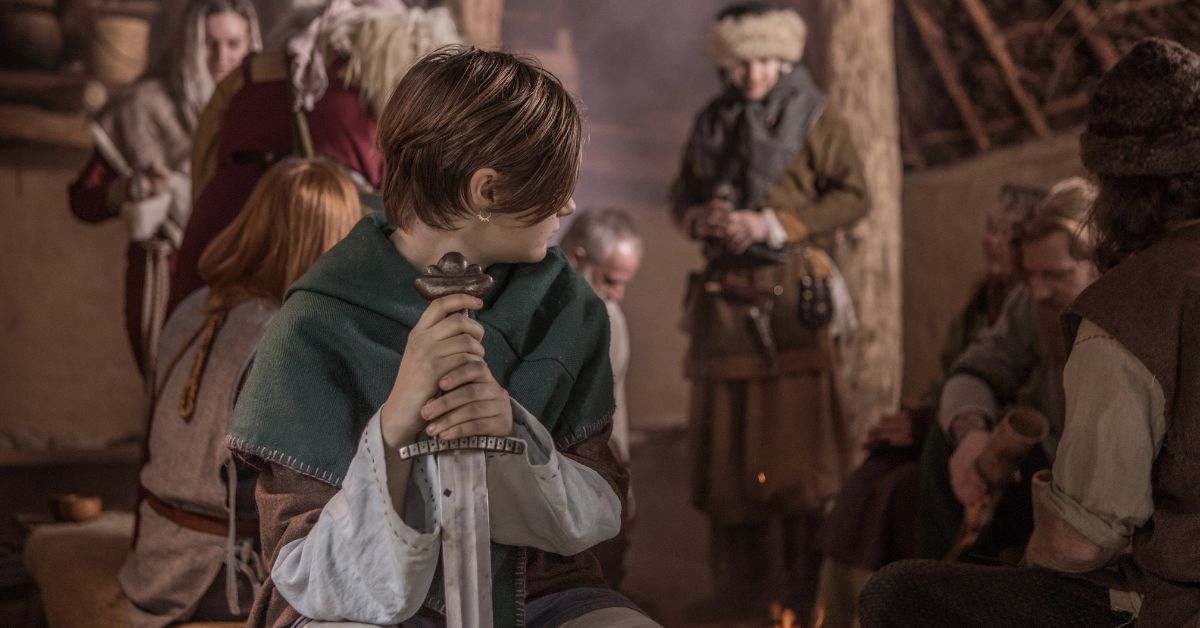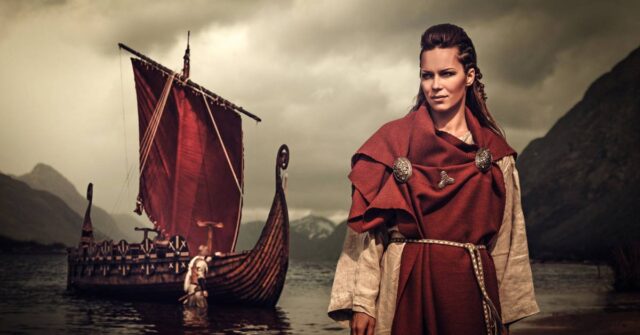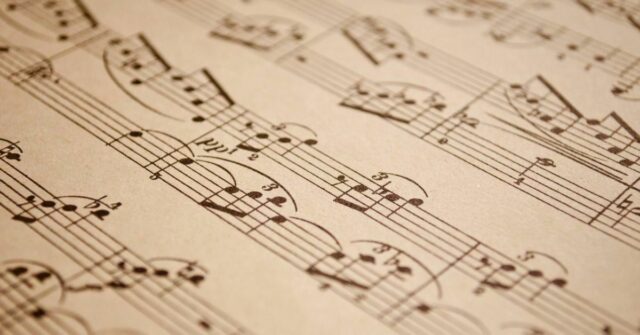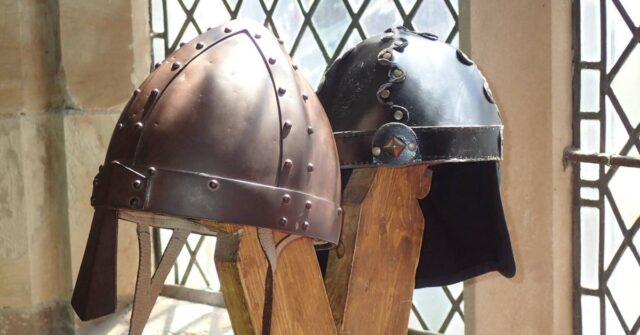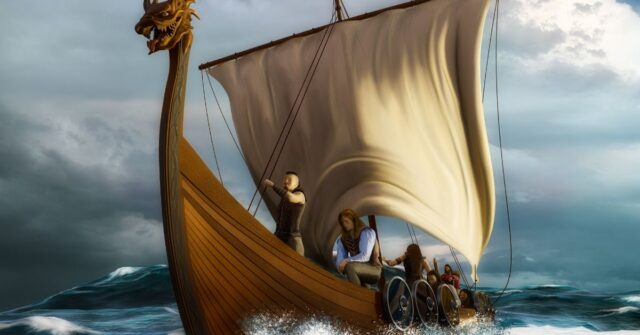The Viking Age was marked by a distinctive approach to education, focusing on practical skills and cultural traditions.
Unlike modern formal schooling, Viking education was embedded in daily life, ensuring that children learned essential skills and societal norms from an early age.
This blog post delves into the various facets of Viking educational systems, providing a comprehensive understanding of how Viking children were prepared for adulthood.
Introduction
Viking communities were known for their rich culture and robust societal structures.
Education played a crucial role in maintaining and passing down the values and skills necessary for survival and community cohesion.
In this post, we will explore the different aspects of Viking education, from home-based learning to cultural and practical skills training.
Overview of Viking Society
Viking society was structured into distinct social classes: Jarls (nobility), Karls (free peasants), and Thralls (slaves).
Each class had specific roles and responsibilities that shaped their daily lives and educational needs.
Jarls had access to a broader range of experiences, including trading expeditions and rune reading, while Karls focused on practical skills essential for farming and craftsmanship.
Thralls, being slaves, had limited educational opportunities focused on serving their masters.
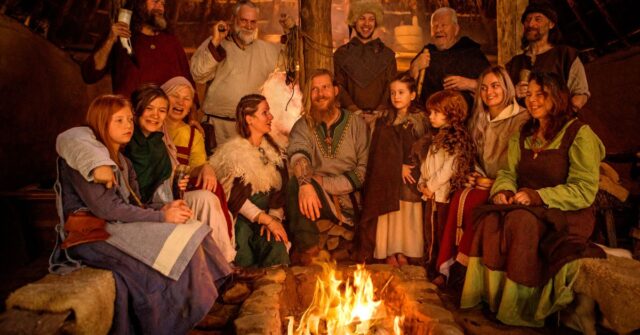

Social Structure and Roles
The Viking social structure was divided into three main classes. Jarls were the nobles, owning large estates and leading their communities.
Karls were free peasants and artisans, responsible for farming, trading, and crafting. Thralls were slaves who performed labor-intensive tasks and had minimal rights.
Each class’s educational needs varied, reflecting their societal roles and responsibilities.
Family Dynamics and Responsibilities
Family was the cornerstone of Viking society. Education began at home, with parents and extended family members playing a crucial role in teaching children.
Boys learned from their fathers and other male relatives, while girls learned from their mothers and female relatives.
This familial approach ensured that children were well-versed in the skills and values necessary for their future roles within the community.
Informal and Home-Based Learning
Viking education was primarily informal and home-based. Children learned through observation, imitation, and participation in daily activities.
This method allowed them to acquire practical skills and knowledge essential for survival and community life.
Role of Parents and Community Members
Parents and community members were the primary educators in Viking communities. Fathers taught their sons skills such as farming, shipbuilding, and trading.
Mothers taught their daughters domestic skills like cooking, weaving, and managing the household.
This practical education ensured that children were well-prepared for their adult roles.
Observation, Imitation, and Participation
Viking children learned by observing the activities of adults, imitating their actions, and participating in tasks appropriate for their age.
This hands-on approach allowed them to develop skills and knowledge through real-life experiences, fostering independence and competence from a young age.
Cultural Education
Cultural education was a significant aspect of Viking upbringing. It involved passing down traditions, values, and societal norms through storytelling, myths, and sagas.
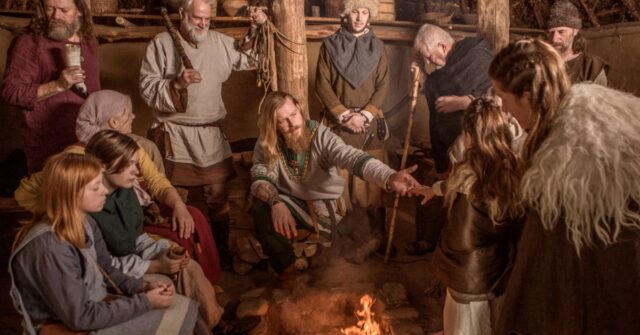

Importance of Storytelling and Oral Traditions
Storytelling was a central part of Viking education.
During long winters, families gathered to share stories and legends, teaching children about their ancestors, moral values, and societal expectations.
This oral tradition helped preserve and transmit cultural knowledge across generations.
Myths, Sagas, and Moral Lessons
Viking myths and sagas were not only entertaining but also educational. They conveyed important moral lessons and cultural values.
Children learned about bravery, honor, loyalty, and the consequences of one’s actions through these engaging narratives.
Practical Skills and Trades
Viking education emphasized practical skills and trades essential for daily life and community prosperity.
Children were taught various crafts and skills based on their family’s occupation and societal needs.
Farming, Shipbuilding, and Trading Skills
Boys were trained in farming, shipbuilding, and trading. They learned how to cultivate crops, construct ships, and navigate trade routes.
These skills were vital for the economic stability and expansion of Viking communities.
Domestic Skills: Cooking, Weaving, and Household Management
Girls were taught domestic skills such as cooking, weaving, and household management. They learned how to prepare meals, create textiles, and efficiently run a household.
These skills ensured the smooth functioning of Viking homes and supported the community’s overall well-being.
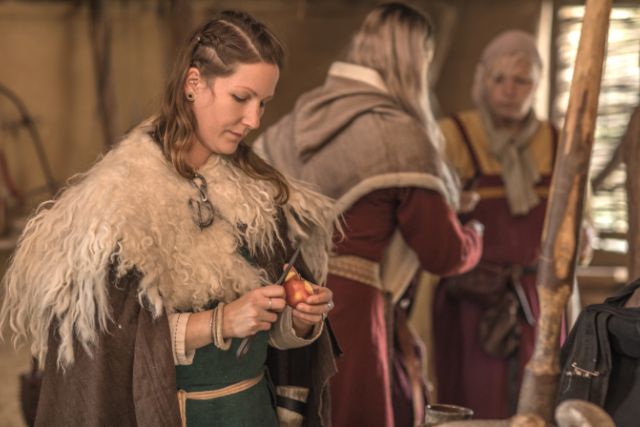

Artisan Crafts: Woodworking, Metalwork, and Textiles
Both boys and girls could learn artisan crafts like woodworking, metalwork, and textiles. These skills were highly valued and contributed to the community’s material culture.
Apprenticeships and hands-on training helped young Vikings master these trades.
The Role of Runes
Runes were the Viking writing system, and while literacy was not widespread, some children learned to read and write using these symbols.
Runes had cultural and mystical significance in Viking society.
Introduction to Runes and Their Significance
Runes were used for inscriptions on monuments, weapons, and personal items. They were not used for long texts but held significant cultural and symbolic value.
Learning runes was considered prestigious and was often associated with magic and religion.
Learning to Carve Runes
Children learned to carve runes by practicing on wood, bone, or stone. This task required precision and patience, helping to develop fine motor skills and concentration.
The ability to carve runes was a valuable skill that connected them to their cultural heritage.
Learning Through Play
Play was an essential part of Viking children’s education. It was not only a form of entertainment but also a method for developing practical skills and understanding societal roles.
Games and Mock Battles
Viking children engaged in games and mock battles that mimicked adult roles. These activities helped them practice physical skills, strategic thinking, and teamwork.
Play was a natural way for children to prepare for their future responsibilities.
Developing Physical Skills and Strategic Thinking
Through play, children developed important physical skills such as strength, agility, and coordination.
They also learned to think strategically, plan, and solve problems, all of which were crucial for their roles as adults in Viking society.
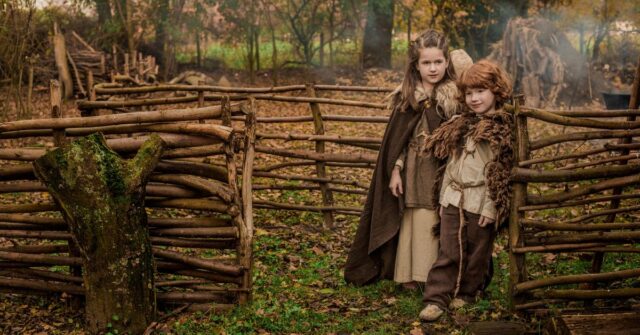

Social Learning and Community Participation
Social learning and community participation were integral to Viking education. Children learned about societal norms, laws, and governance through involvement in community activities.
Assemblies and Local Governance (Things)
Things were local assemblies where free members of Viking society discussed and decided on communal matters.
Children observed these assemblies, learning about governance, lawmaking, and public speaking.
Participation in Things helped them understand their rights and responsibilities within the community.
Community Activities and Festivals
Community activities and festivals were important for social cohesion and cultural education.
Children participated in these events, learning about their cultural heritage, communal values, and the importance of cooperation and solidarity.
Gender-Specific Education
Viking education was gender-specific, reflecting the distinct roles of men and women in society.
However, there was a degree of flexibility in these roles, allowing for a more holistic approach to education.
Education for Boys: Farming, Combat, and Trading
Boys were prepared for roles as farmers, warriors, and traders. They learned practical skills such as farming techniques, combat training, and trading strategies.
This education ensured they were capable of supporting their families and defending their communities.
Education for Girls: Household Management and Domestic Skills
Girls were trained in household management and domestic skills. They learned how to run a household efficiently, manage resources, and perform essential domestic tasks.
This training was crucial for maintaining the stability and prosperity of Viking homes.
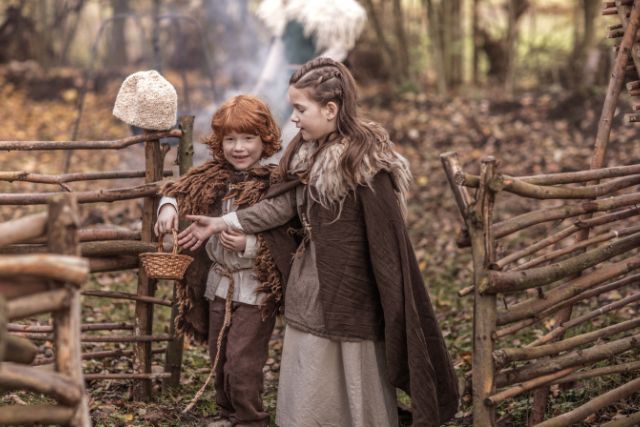

Flexibility in Gender Roles and Responsibilities
Despite the distinct gender roles, Viking society allowed for some flexibility. Women could own property, initiate divorce, and participate in trade.
Men were expected to be versatile, mastering various skills beyond their primary roles. This flexibility contributed to the resilience and adaptability of Viking communities.
Comparative Analysis
Comparing Viking education with modern systems highlights the differences and enduring legacies of these ancient practices.
Differences Between Viking and Modern Education Systems
Viking education was informal, practical, and community-based, while modern education is institutionalized and structured.
Viking children learned through hands-on experience and oral traditions, whereas modern students often rely on formal instruction and written materials.
Despite these differences, both systems aim to prepare individuals for their societal roles.
Enduring Legacy of Viking Educational Practices
The Viking approach to education has left a lasting legacy, particularly in the value placed on practical skills, cultural heritage, and community participation.
Modern educational practices can still learn from the Viking emphasis on experiential learning and the integration of cultural education.
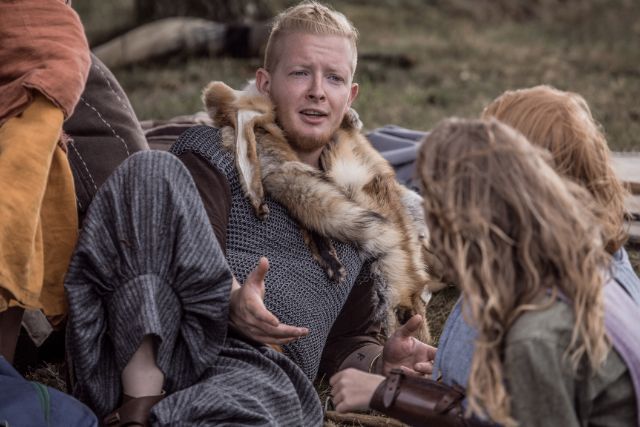

Conclusion
Viking education was a comprehensive system that prepared children for their roles in society through practical skills, cultural traditions, and social learning.
By understanding these ancient practices, we can appreciate the rich heritage of Viking communities and the innovative ways they taught their young. T
his education system, though vastly different from modern methods, was effective in creating a resilient and skilled population capable of thriving in a harsh and dynamic environment.
Summary of Key Points
Viking education was multifaceted, encompassing home-based learning, cultural traditions, practical skills, and social participation.
Boys and girls were trained in gender-specific skills but also had opportunities for flexibility in their roles.
Storytelling, oral traditions, and runes played a significant role in cultural education. Practical skills such as farming, shipbuilding, and artisan crafts were crucial for community survival.
Social learning through participation in community activities and assemblies reinforced societal norms and governance.
The Lasting Impact of Viking Educational Systems
The Viking approach to education has had a lasting impact, particularly in its emphasis on practical skills, community involvement, and cultural heritage.
These elements continue to be relevant today, offering valuable lessons for modern educational practices.
By integrating experiential learning and cultural education, we can create more holistic and engaging educational systems that honor our past while preparing for the future.

